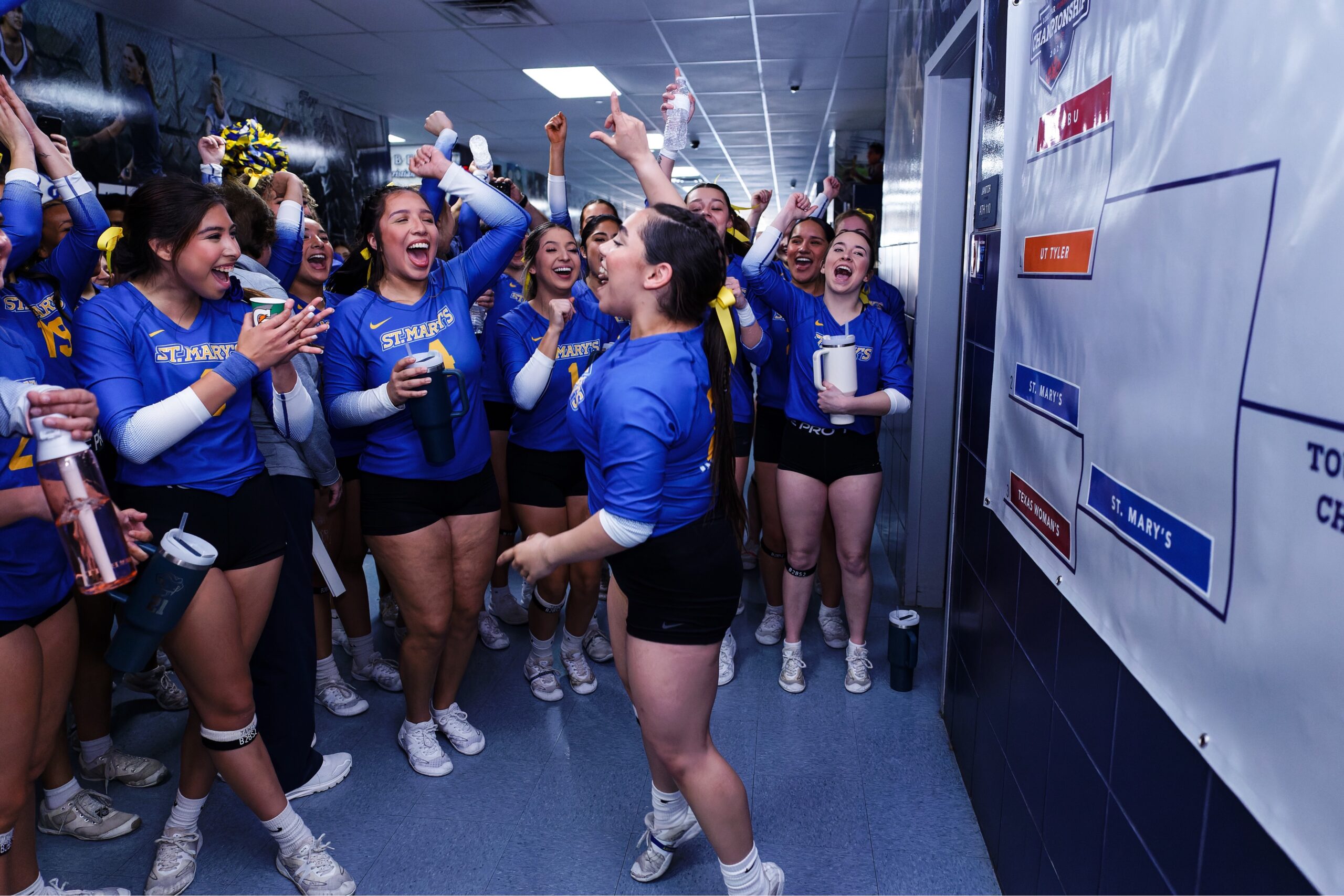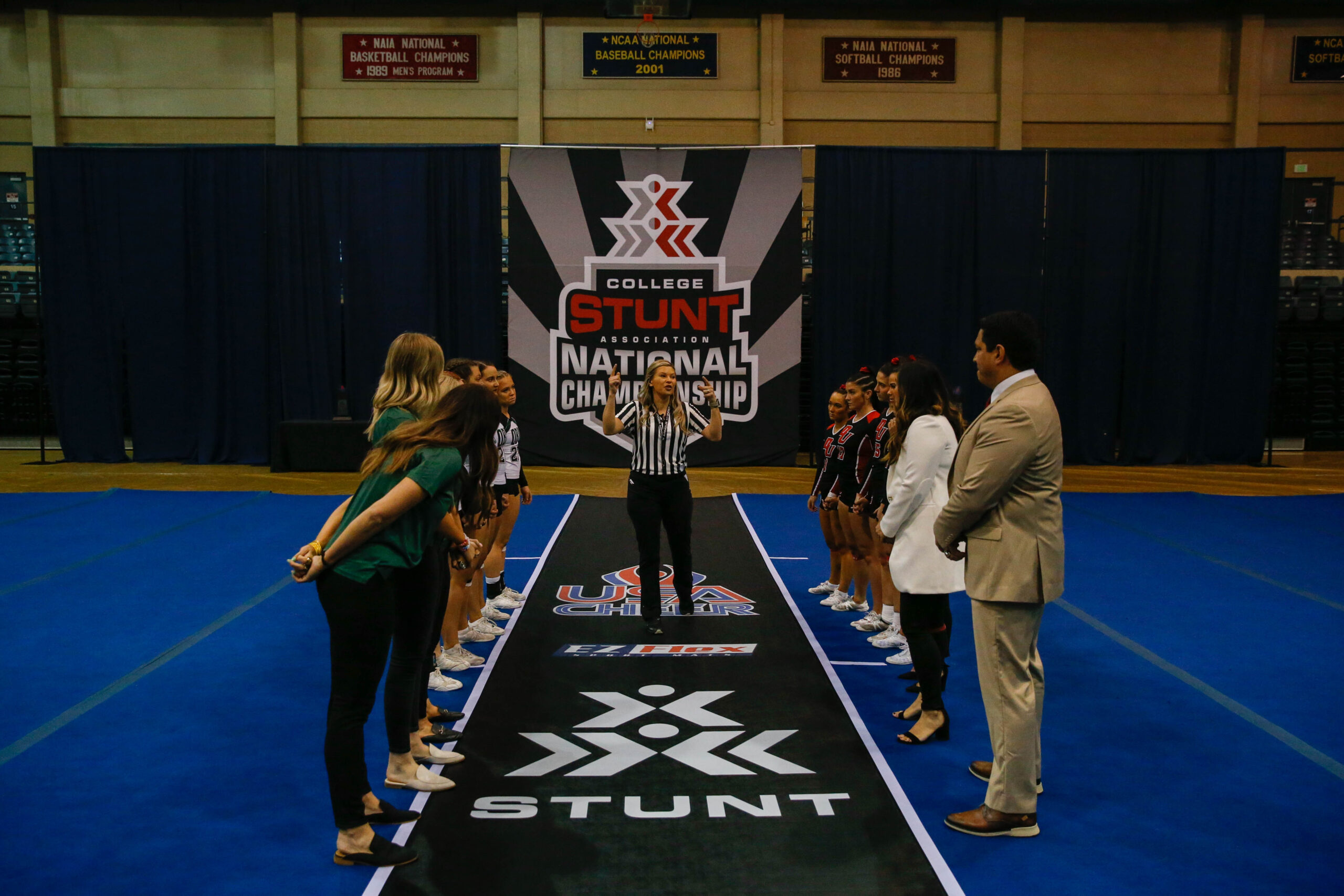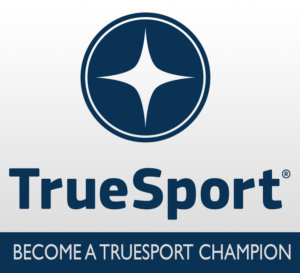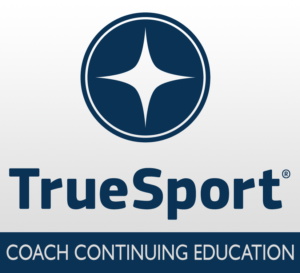3 Equity Myths and Assumptions You Can Stop Perpetuating
USA Cheer has partnered with TrueSport, to provide new educational tools to equip coaches, parents and young athletes with the resources to build life skills and core values for success in sports and in life. TrueSport, a movement by the U.S. Anti-Doping Agency, inspires athletes, coaches, parents, and administrators to change the culture of youth sport through active engagement and thoughtful curriculum based on cornerstone lessons of sportsmanship, character-building, and clean and healthy performance, while also creating leaders across communities through sport.
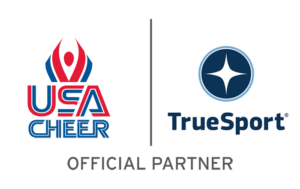
3 Equity Myths and Assumptions You Can Stop Perpetuating
The term ‘equity’ has been used a lot in recent years when talking about diversity initiatives, but it’s not always clear what that actually means. And unfortunately, there are also misconceptions and assumptions around equity in sport that, as a caregiver of a young athlete, you should recognize and discontinue.

Nadia Kyba, MSW, President of Now What Facilitation
Here, TrueSport Expert Nadia Kyba, MSW, President of Now What Facilitation, reveals a few of the most common misconceptions around equity in sport and how you can shift the narrative.
The Why
As a caregiver, you have the power to shape your athlete’s understanding of equity in sport. You may assume that this information will come from coaches, athletic directors, or teachers, but young athletes often look to their parents to help them navigate trickier social topics.
“Understanding equity starts at home, regardless of whether you’re having those conversations,” says Kyba. “Your athletes look at how you model behaviors, and they mimic them.” Being able to look at the barriers that others face and understand other perspectives is the first step to being able to address those barriers, even on a small scale.
Making assumptions about equity can be dangerous, since they can lead to a lack of empathy for others who are suffering from different kinds of discrimination or discomfort. A young able-bodied white male from an upper-class neighborhood who is taught to believe that ‘enough progress has been made towards creating equity in sport’ is less likely to offer a ride to a teammate who can’t afford his own car to get home from practice. He’s less likely to help the J/V women’s team at school fight for equal court time to practice. And he’s less likely to stand up for a teammate who’s getting bullied because he’s different in some way.
Myths and Assumptions about Equity
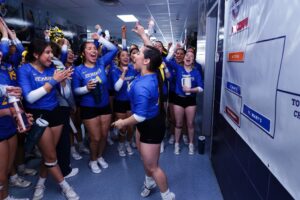
2024 Lone Star Conference Stunt Championship St. Marys Rattlers vs Texas Woman’s Pioneers at Liberty Christian School in Argyle, Texas on Saturday, March 23, 2024 (Photo by Eddie Kelly / ProLook Photos)
1. Myth: Equality is the same things as equity
This is a common mistake. “Equality is about equal access to opportunities,” says Kyba. “Equity looks at potential barriers that are only experienced by some of the population and addresses those barriers. It could look like offering scholarships or organizing transportation to help address financial barriers that some athletes on the team face.”
For example, if athletes on the team are required to pay for their uniforms and the price is the same for everyone, that’s equality. However, it fails to take into account that some athletes may not be able to afford the uniforms. Creating a way for athletes in need to access uniforms regardless of their ability to pay would be a way for the team to push for equity, rather than equality.
2. Myth: Sports are a safe place to be yourself
This is a painful myth because sport should be a safe place for everyone. However, that is simply not true. “This is true for all marginalized groups: ethnicity, gender, sexuality, religion, or people with disabilities,” says Kyba. For instance, an athlete who wears a hijab and needs to pray at certain times of the day may not feel safe if the team uniforms don’t have hijab options (or specifically ban certain head coverings) and practices are scheduled during prayer time with a strict “no one leaves” policy.
“The data shows that especially for men who are part of the 2SLGBTQIA+ population, sport is not always a safe space,” she adds. “There are so few openly gay athletes in men’s pro sports.” In 2021, researchers found 70 percent of people who identify as 2SLGBTQIA+ reported that they do not feel safe in their sport.
“We also know that there are a lot of people who are in positions of power who aren’t going to ensure that the team is a safe space for everyone,” says Kyba. Teaching your athlete to be aware of this can help them put a stop to bullying when they see it. A simple conversation starter could be: “How can we make sure that everyone on the team actually feels safe?”
3. Assumption: We’ve made enough progress towards equity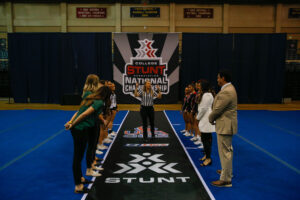
We know that even in recent years, name discrimination continues to be a problem for people applying to schools, for jobs, and for things like mortgages. But Kyba says that people want to believe that the situation is better than it really is, so it’s easy to look at progress that has been made—like equal prize purses between men and women in some races—and feel like enough has been done.
It’s important to acknowledge the positive changes that have been made, but to also call out what hasn’t changed over the years. “As a caregiver, you can raise awareness about what inequality looks like at a higher level and why it is tolerated within the sport sector,” Kyba says. “For example, women’s sports are still rarely broadcasted. And there’s still so much pay inequality in sport.”
Encourage curiosity. Ask your athlete who benefits when we leave things as they are and how tolerating inequity helps one group while leaving other groups behind.
Takeaway
Equity is commonly misunderstood, and those misconceptions can unfortunately lead young athletes to make harmful assumptions about their teammates and sport in general. A common misconception is that equality—equal access to opportunities—is the same thing as equity—ensuring that everyone has the individual help they need to access those opportunities. Other misconceptions include the narrative that sport is a safe place for everyone and that enough progress has been made towards equity in recent years. Recognizing and refusing to perpetuate these myths is an important way to advance equity in sport.
What is TrueSport?
The TrueSport Champion Network is a community of coaches, parents, program directors, and athletes who believe in the power of youth sport to build life skills and core values for success both on and off the field. Join TrueSport Champion Network to help promote the positive values of cheer, dance, and STUNT!
The TrueSport Coaching Education Program empowers coaches—the most significant influencers in young athletes’ lives—with a transformative learning opportunity to obtain the knowledge and resources to cultivate, champion, and uphold the rich promise and highest potential of sport.
Additional Training Modules from TrueSport
USA Cheer is proud to partner with USADA’s TrueSport® to bring relevant educational content to the Cheer and STUNT community in order to promote a positive youth sport experience. We are excited to provide access to TrueSport’s experts that take coaching beyond skills and help truly develop the overall athlete by building life skills and core values for success on and off the mat, sideline, field, and court.
Feel free to share these resources with your coaching staff, parents, or athletes!
About TrueSport
TrueSport®, a movement powered by the experience and values of the U.S. Anti-Doping Agency, champions the positive values and life lessons learned through youth sport. TrueSport inspires athletes, coaches, parents, and administrators to change the culture of youth sport through active engagement and thoughtful curriculum based on cornerstone lessons of sportsmanship, character-building, and clean and healthy performance, while also creating leaders across communities through sport.
For more expert-driven articles and materials, visit TrueSport’s comprehensive library of resources.
This content was reproduced in partnership with TrueSport. Any content copied or reproduced without TrueSport and the U.S. Anti-Doping Agency’s express written permission would be in violation of our copyright, and subject to legal recourse. To learn more or request permission to reproduce content, click here.


